Best Muscle Cars
Can Muscle Cars Maintain Their Identity in the EV Era?
Written by Martin Banks
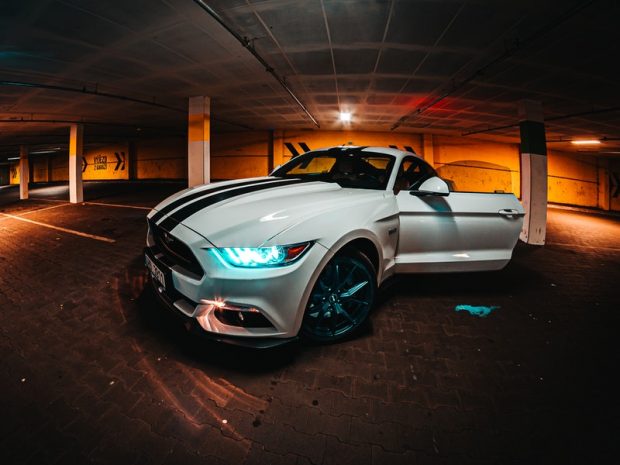
Muscle cars have been part of the cultural zeitgeist for decades. The concept of the muscle car dates back to 1949, when Oldsmobile released the Rocket 88 — a performance version of the 76 with a lighter body and a higher-compression engine. The rest, as they say, is history. There’s nothing quite like the roar of a high-end performance V8, especially if it’s under the hood of your favorite make and model.
The introduction and adoption of electric vehicles are creating a collective shift away from gas-guzzling cars with large engines, but this shift is putting the idea of the muscle car at risk. Can muscle cars maintain their identity as we move into the EV era?
Are We Leaving Muscle Cars Behind?
Muscle cars have decades of history to draw from. There are car shows and events across the country that focus entirely on these pieces of automotive history, so fans of all ages can listen to the roar of the engine, sit behind the wheel, and imagine what it might have been like to drive these monsters down the highways and byways of the world.
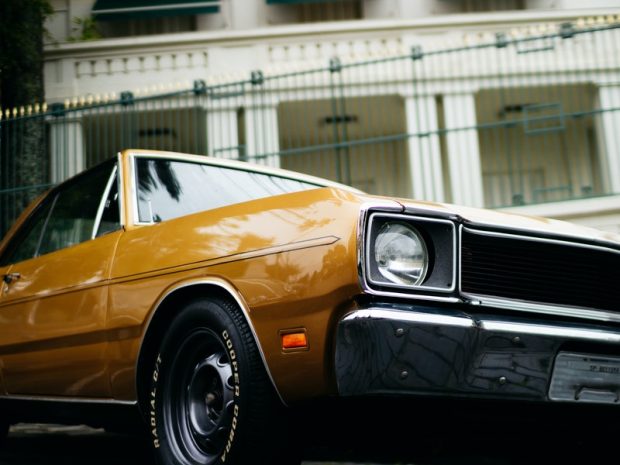
For the foreseeable future, there will always be people who love these cars enough to restore, own, and drive them. But what happens in a generation or two when the people who have grown up with these cars begin to pass away?
Since Tesla made them popular, it feels like everyone is trying to get in on the EV game — and not even the iconic muscle cars from each brand are safe. Chevy is talking about replacing the Camaro with an EV. Dodge is planning to release an electric muscle car in 2024, though it’s not clear yet whether they’re going to replace the Charger or the Challenger.
We’re just entering the age of the electric muscle car. But are we leaving their predecessors in the dust? Will these battery-powered cars ever be able to compete with the roar of a V8?
Can EV Muscle Cars Ever Compete?
It doesn’t matter how big a fan you are of EVs — muscle cars are still currently cooler. You can’t beat the sound of the exhaust, the rattle of the pipes, and the roar of the engine when you open up that throttle. Plus, you don’t need a degree in electrical engineering to repair or modify your muscle car like you might for an electric car. Right now, there are no Auto Zones or Napa Auto Parts for electric cars — you’re not replacing anything on these EVs except the headlights and windshield wipers on your own, and perhaps performing basic maintenance tasks.
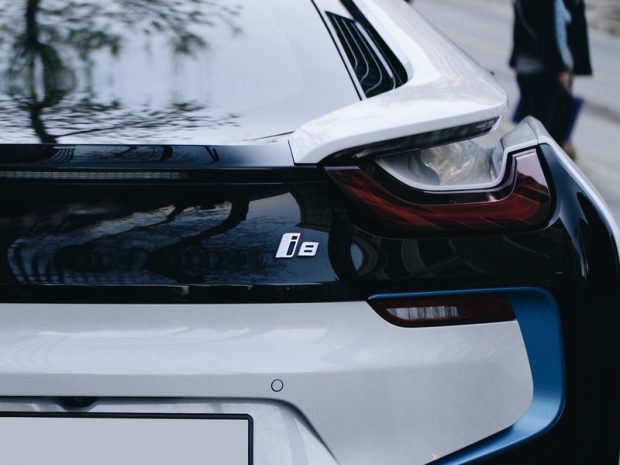
The only benefits that EV muscle cars have over their gas-powered counterparts is the potential for horsepower and reduced upkeep costs. Instead of having a single engine transmitting the power to two or four weels via the drive train, EVs can have an electric motor for each wheel — though most tend to only have two, one for each axle. These models get their horsepower rating from the total HP of all the electric motors. The Lotus Evija, for example, is aiming for 1,972 horsepower, with one motor for each wheel. For comparison, the Dodge Challenger SRT Super Stock — ranked the most powerful muscle car of 2020 — tops out at 807 horsepower.
When it comes to upkeep, things like gas and maintenance can put a significant damper on your day. The average U.S. cost for gasoline per month is $250, so for those looking to reduce their time at the pump or lower their upkeep costs, making the switch to electric makes good financial sense.
Helping Our Favorite Muscle Cars Maintain Their Identity
With the push toward sustainability and a zero-carbon future, muscle cars may go the way of leaded gasoline. But that shift won’t happen anytime soon. For now, the challenge is to help these pieces of automotive history maintain their identity separate from the EVs that will eventually replace them. Electric vehicles are here to stay, and we’ll likely see more companies — especially those that have an iconic muscle car or two in their lineup — making the switch from gas to electric.
Helping these muscle cars maintain their identity is not going to be a simple task, but it’s a challenge that automotive enthusiasts and muscle car lovers are up for. For now, we need to focus on keeping these cars in the public eye — and making sure we can differentiate them from their electric counterparts. This may get more challenging as more companies release EV muscle cars, but you’ll never be able to replace the distinctive sound of a V8 with the soft whir of an electric motor.


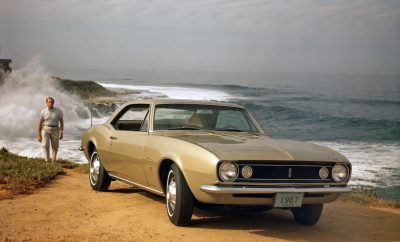
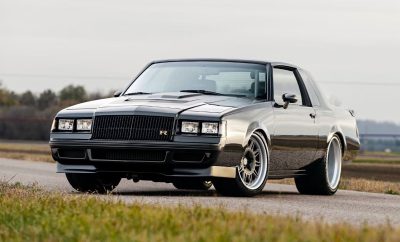





0 comments